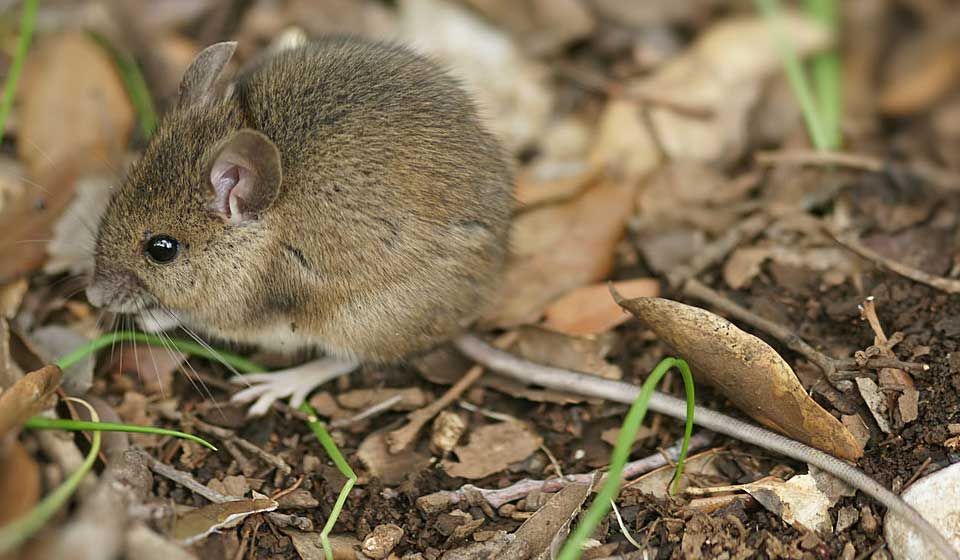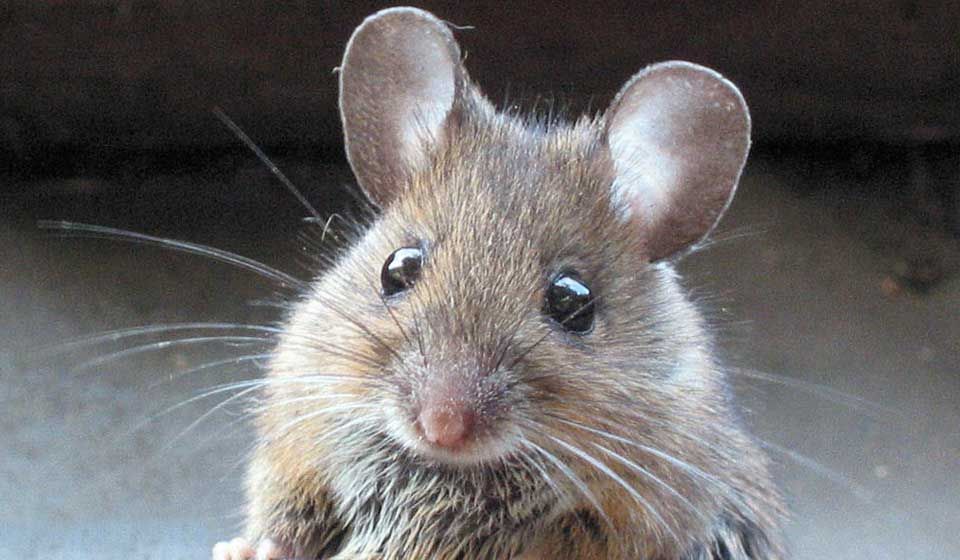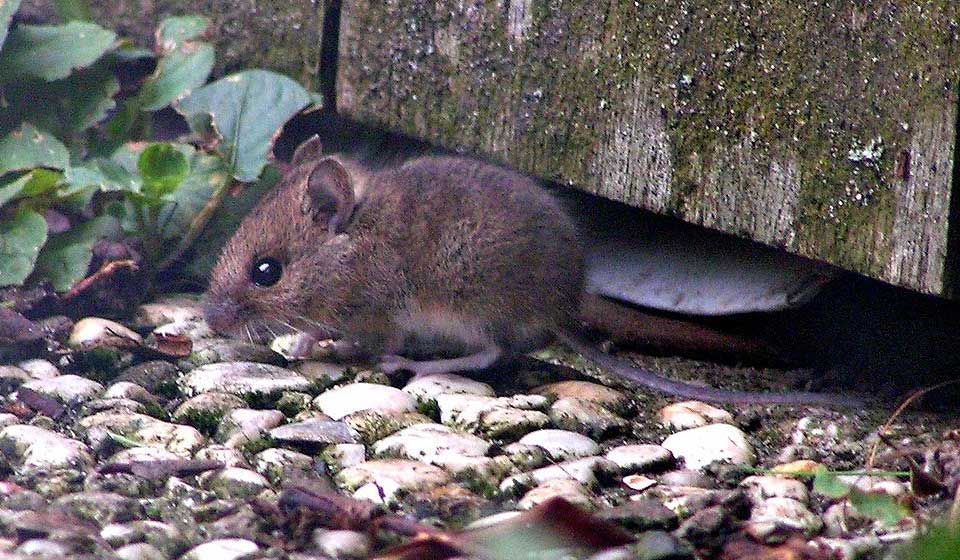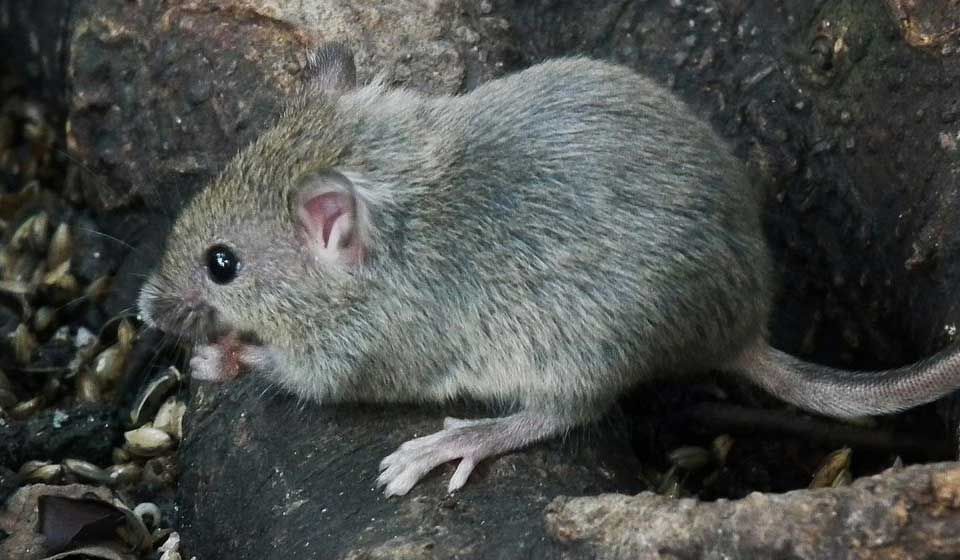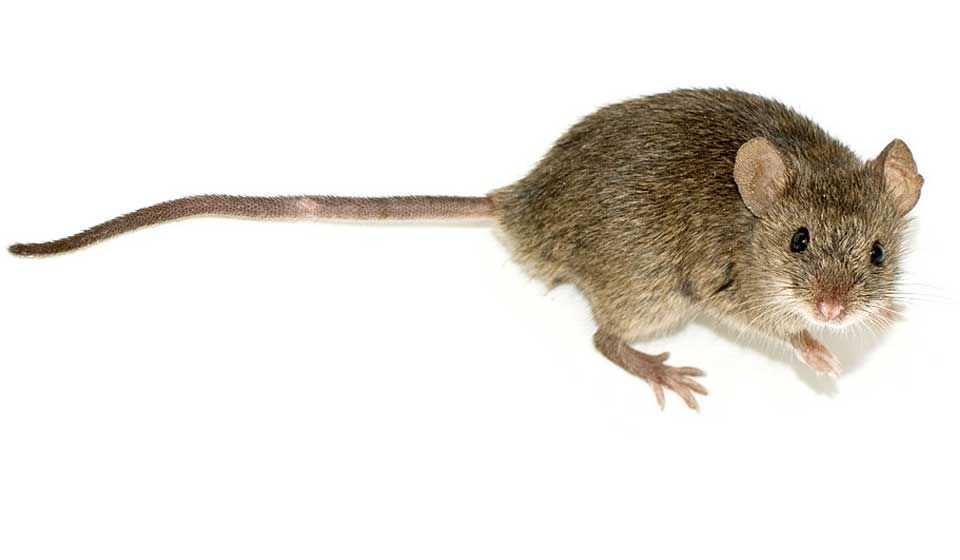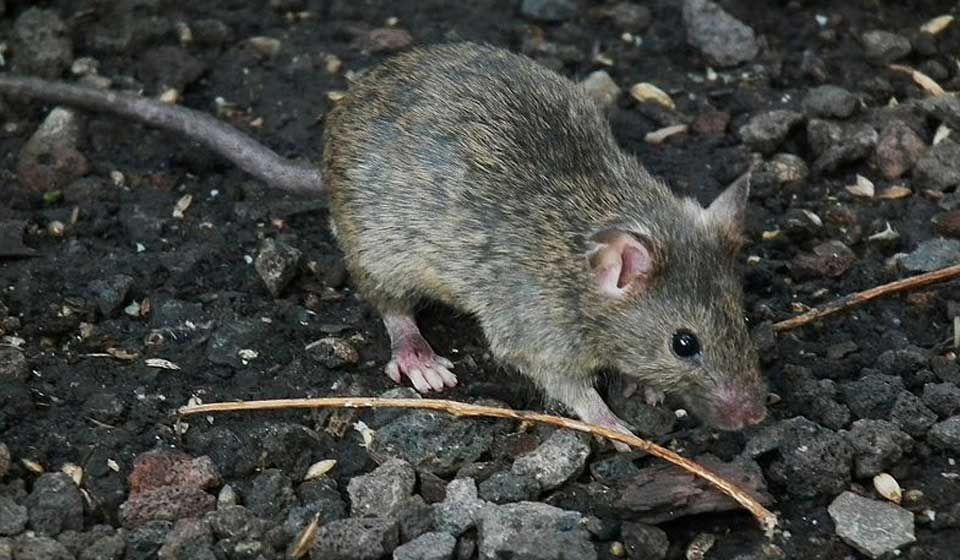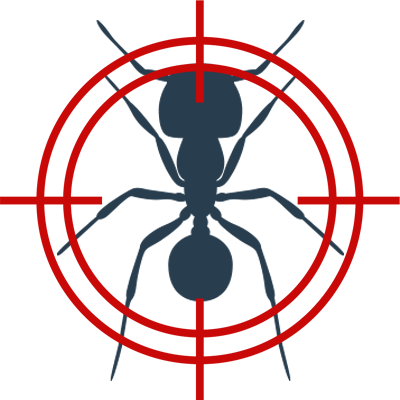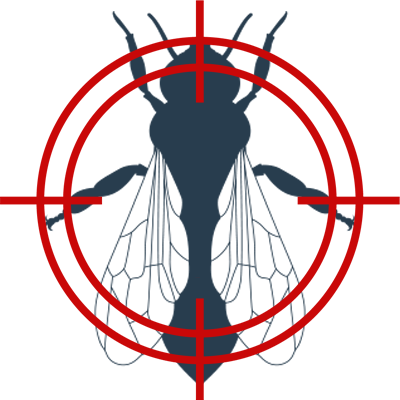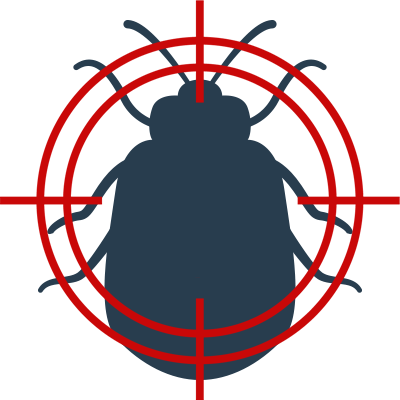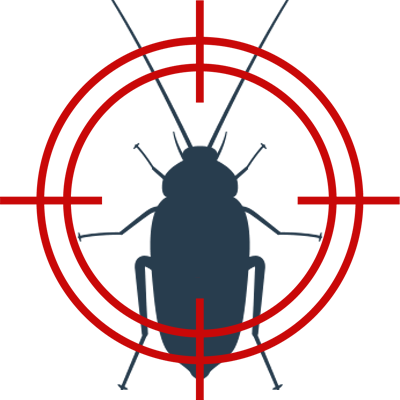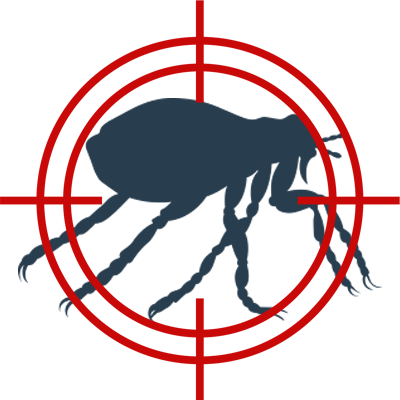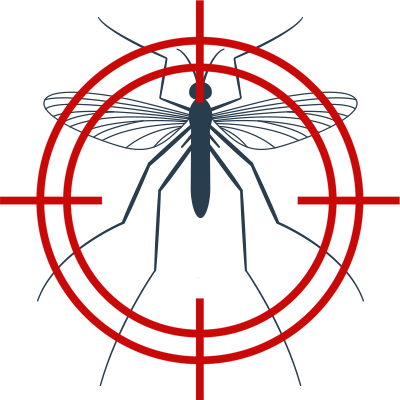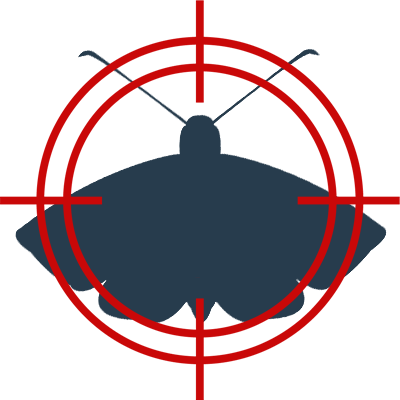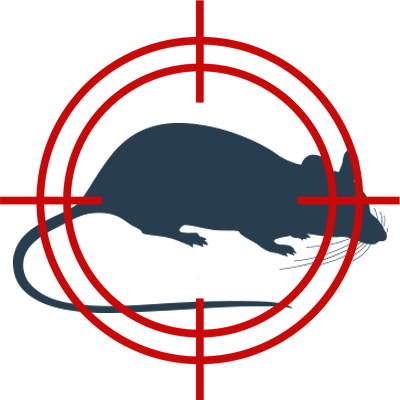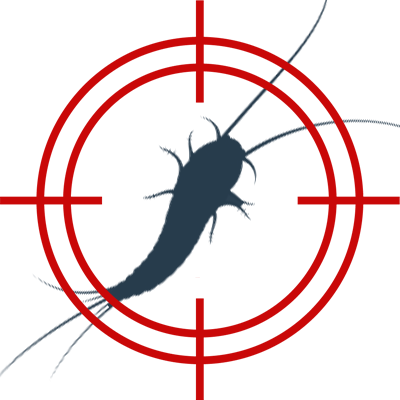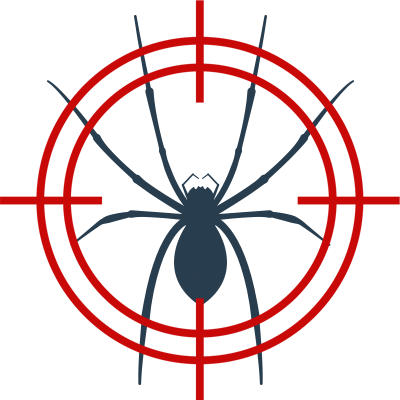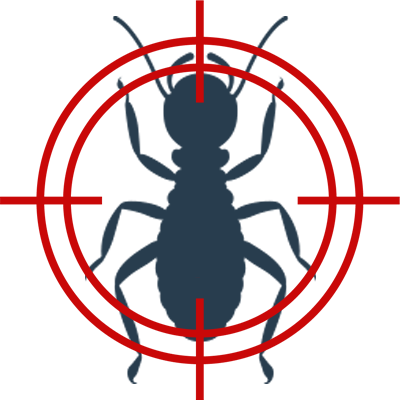
Mice
Mice were introduced to Australia by the first European settlers and they have been a problem ever since. They can multiply quickly and will do significant damage to your home, business and furniture through their gnawing activities. They will also contaminate food and other materials through the droppings they leave behind. Their droppings have even been implicated as potential asthma triggers in children.
Not only are mice destructive they have also been known to cause house fires after chewing through electrical cables.
Mice Prevention
- Be careful not to attract mice with food. Where possible food should be stored in plastic or metal containers. Regularly clean under stoves, refrigerators and cupboards.
- Fit bristle (or brush) strips to the bottom of doors to prevent entry, especially in older properties where the door fit may not be snug.
- Holes are often made in exterior walls for cables and pipes; check that old pipework holes are sealed too. Any holes that are larger than 5mm will allow mice to gain access because their jaws can fit into tight spaces like these and quickly chew larger openings that allow them to enter a building. Seal holes around existing or new pipes with coarse grade stainless steel wire wool and caulking (pliable sealant).
- Cover air bricks and vents with fine galvanised wire mesh, especially if they are damaged.
- Fix damaged roofing and eaves. Use wire mesh to seal gaps.
- Trim tree branches back from the house and where possible avoid plants growing up the sides of your property. Vines, shrubs or over hanging branches can be used for mice to get onto roofs. Overgrown vegetation close to the walls will offer mice shelter and potential nesting sites.
- Keep grass mown short to reduce shelter and seeds for food. Ideally leave a gap between the building foundations and the garden.
Signs of a mouse infestation problem
- Droppings
50/80 droppings a night, small and dark (approx. 3 - 8 mm in length), scattered randomly. Look for droppings particularly along walls, in cupboards or under sinks. - Grease marks (smudges or smears)
This is caused by mice fur constantly brushing against walls, floors and skirting on regular routes. You may find dark smears around holes or around corners. - Urine pillars
In established or heavy infestations, body grease, combined with dirt and urine, builds up into small mounds, up to 4cm high and 1cm wide. - Scratching noises
People often report hearing unusual scratching noises at night when mice are most active. Listen for noises between partition walls, under floorboards, in false ceilings, basements and lofts. - Nests
Mice use easy to shred materials, such as newspaper and fabrics, together with other soft materials to line their nest. Check lofts, suspended ceilings, cavity walls, under floorboards and behind fridges, under stoves and in airing cupboards. Nests will often contain young mice. - Tracks (footprints)
Dusty environments such as unused lofts and basements can show up rodent tracks and tail marks. To check for activity, sprinkle flour, talcum powder or china clay and check the next day for fresh tracks. - Live or dead mice
Spotting a mouse during the daytime can be an indication of a heavy infestation. - Strong smell
Mice urinate frequently and their wee has a strong ammonia-like smell. The smell may be very strong near the main site of activity or in enclosed spaces. This smell can linger for a long time (even after an infestation has been removed).
Do I need professional mice pest control assistance?
Your home or business could provide an ideal location for food and shelter for the common House mouse. Getting professional treatment at the earliest sign of a problem can greatly help to reduce the length of time needed to effectively control an infestation.
Once an infestation has been identified, the best and most effective way to get rid of mice is with professional treatment. Professional solutions can guarantee to quickly and safely remove mice from your home or business. Solutions can be tailored to each unique problem and can also offer effective deterrent methods to avoid a re-infestation.
Field Mouse
Field mice rarely venture into inhabited buildings but in the winter months, they will go into outhouses and sheds where fruit and vegetables are stored. Field mice are a big threat to businesses operating in farming and agriculture but is not prevalent in Australia.
Field mice eat a high proportion of the seed crop of trees such as oak, beech, ash, lime, hawthorn and sycamore. Numbers can reach plague proportions in the grain belt areas. Small snails and insects are particularly important sources of food in late spring and early summer when seeds are less available. They also eat apples and will attack newly planted legume seeds.
Their lifespan averages two to three months, but they can survive as much as 20 months in the wild, or two or more years in captivity. Breeding seasons are October/November to March/April and gestation lasts approximately 25 days. They grow their first fur after six days; their eyes open after 16; and they are weaned at around 18 days old. Survival of the young and adults is poor during the first half of the breeding season as adult males can be aggressive towards one another and to the young, who are then driven from the nest.
House Mouse
House mice are active all year round, which means you could find them invading your home or business at any time.
Usually ground living and burrowing, but often climbs. Preferred food is cereals. Will eat around 3g of food a day and can survive without any additional water. They will drink up to 3ml a day if their diet is particularly dry.
4 – 16 young per litter; 7 – 8 litters a year. Gestation period of about 3 weeks. 8 – 12 weeks from birth to sexual maturity.
